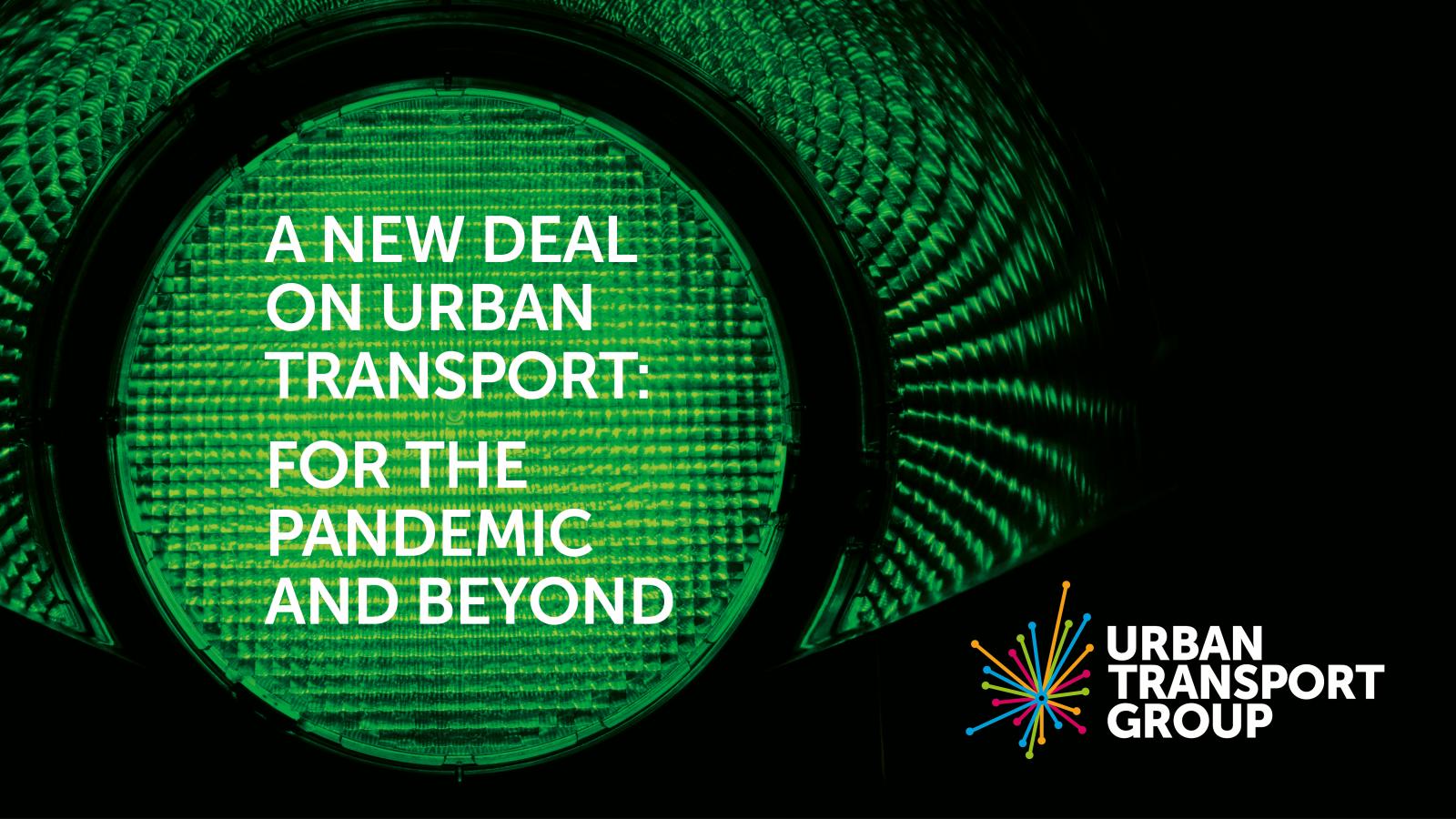Why we need a new deal on urban transport – both during the pandemic and beyond

The roadmap of the release from COVID-19 restrictions was as cautious as was predicted for the early stages but perhaps more ambitious than was expected on the end game - with June 21st potentially seeing the end of all restrictions on journey purpose and on social distancing. It’s good to now have the playbook for the nation’s recovery from COVID-19 as a whole. But the uncertainty over what the future holds for public transport, and for urban transport more widely, continues.
Key uncertainties include that we don’t know what the new base level of public transport use will be once the restrictions on travel and on social distancing associated with the pandemic have been permanently removed and transport patronage has settled down to ‘new normal’. Our best current assessment is that without significant policy intervention, the base level of patronage will be well below what it was before the pandemic due to the changes in journey patterns that will have taken place – for example in regular commuting.
We also can’t be sure of when the ‘new normal’ will arrive. June 21st is the earliest possible date and it could be that even if that is achieved, that restrictions may temporarily return, either locally or nationally, at a later date.
What we do know is that the pandemic has underlined what was always true – which is that public transport gets essential workers who don’t have access to a car where they need to be. And without public transport, cities can’t function. It’s also clear that a just and green recovery from the pandemic isn’t possible without public transport. Transport’s poor performance is currently a drag on the UK achieving its carbon reduction targets and shifting more journeys to public transport and active travel will play a key role in correcting that. The pandemic has also hit hardest those people and communities with the least – who are also those who are least likely to be able to work from home. Better access to opportunity through affordable and better public transport is therefore key.
Government has rightly provided welcome emergency COVID-19 funding support during the pandemic so far – which has enabled the wheels of public transport to keep turning. Indeed, in some ways this is a unique situation in that unlike prior to the pandemic (when bus services were vanishing, leaving ‘public transport deserts’ in rural areas), during the pandemic the Government is guaranteeing a level of provision. But though it is doing this, it’s only doing it in a provisional and fragmented way – with different funding arrangements for each mode of public transport – and through a series of relatively short term funding mechanisms. Initially this funding has was predicated on the tacit assumption that the ‘new normal’ will arrive at a fixed point (which will be as soon as possible) when social distancing is removed and previous funding arrangements can be restored. More recently there has been a recognition of the need for ‘recovery funding’ which could bridge the gap between the end of the emergency period of the pandemic and the subsequent transition to when patronage has settled down to whatever the ‘new normal’ might be. At which point the Government can step back.
But there is a bigger challenge with the mindset behind the idea of ‘getting back to normal’, ‘recovery funding’ and so on… which is that the normal we had before the pandemic falls well short of the aspirations we had then, and have now, at both local and national level, for greater use of public transport. For example, the totality of funding prior to the pandemic was insufficient to stem decline in bus use. The way that funding was provided (and indeed continued to be provided throughout the pandemic) was through multiple, poorly coordinated funding streams involving different Government departments and was not linked to delivering a coherent set of wider policy objectives for bus.
With at least four more months of pandemic restrictions ahead of us which will hold down public transport patronage, and with a mountain to climb after that to get public transport use back to where it was prior to the pandemic, it’s time for a new deal on urban transport.
This new deal for public transport should:
- simplify, devolve and guarantee the revenue funding and powers that urban transport authorities need to enable us to plan and provide single integrated public transport networks in the most cost effective way. Both during the remainder of the pandemic and beyond.
- include a long term capital funding deal for investment in urban transport (similar to the one that national rail and roads already have) so that we have the certainty we need to invest in the decarbonised urban transport networks that can serve all our communities and underpin a green and just recovery.
Find out more on our website here.
Jonathan Bray is Director of the Urban Transport Group

